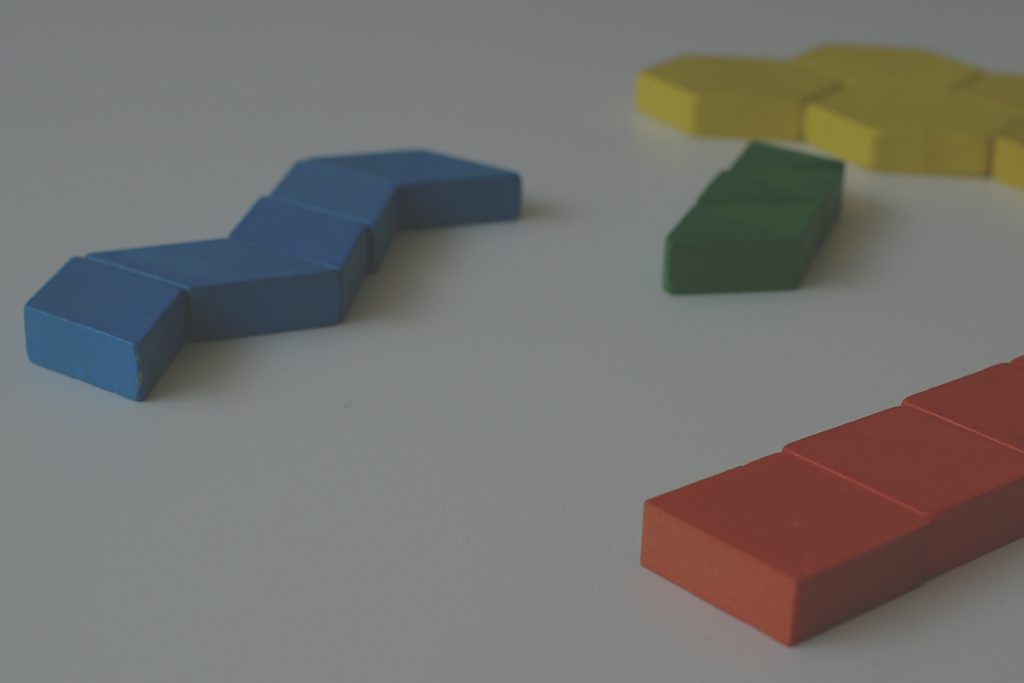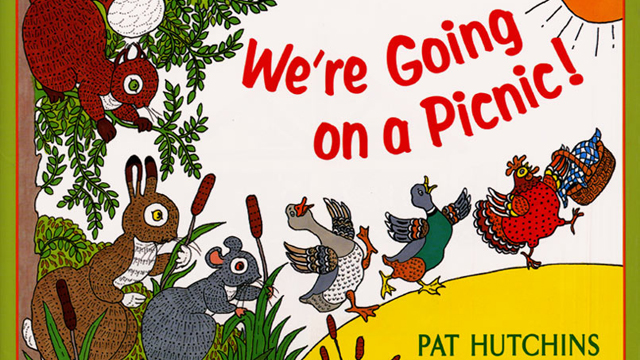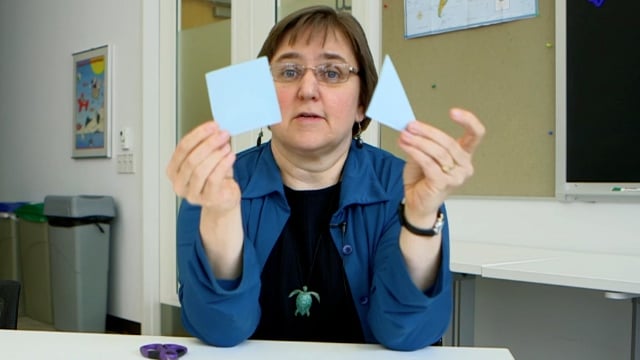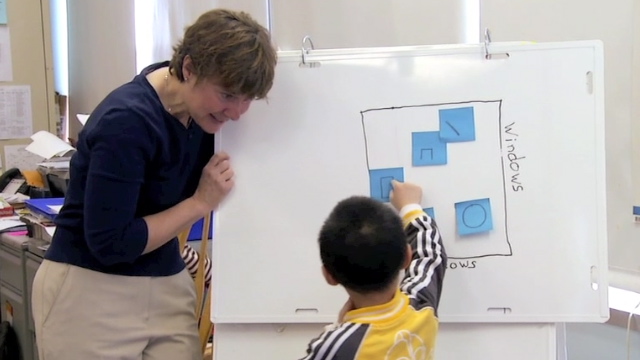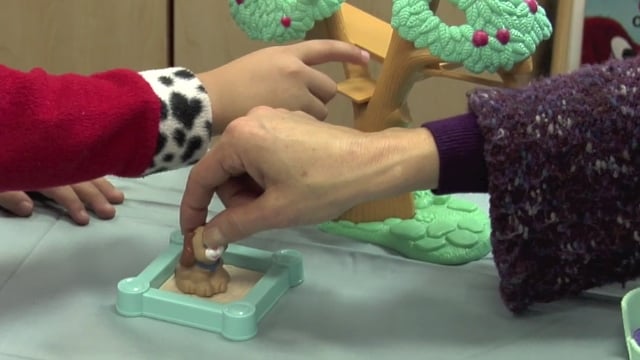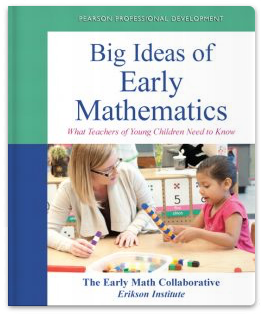Spatial Relationships
Understanding spatial relationships and developing spatial reasoning begins at birth. Infants are learning to reach for and then grasp objects that are dangled in front of them, tossed to the side, or that have fallen down from a chair. Toddlers are crawling, cruising, or walking to reach a toy. By the time they are preschoolers, not only can children easily locate items or decide how best to get from here to there; they also have begun to represent space. The key concepts embedded in activities that make them mathematical are their relational nature. Later on in mathematics, children will learn to apply numbers to such activities, measuring distances and angles, and learning the meaning of “parallel” and “equilateral,” but for now, their efforts will be focused on less precise ways to represent relationships between objects and places.
Copyright: Erikson Institute’s Early Math Collaborative. Reprinted from Big Ideas of Early Mathematics: What Teachers of Young Children Need to Know (2014), Pearson Education.
Big Ideas
● Spatial relationships can be visualized and manipulated mentally.
● Our own experiences of space and two-dimensional representations of space reflect a specific point of view.
● Relationships between objects and places can be represented with mathematical precision.
Interested in Book Suggestions?
Browse our favorite children’s books that explore Spatial Relationships.
